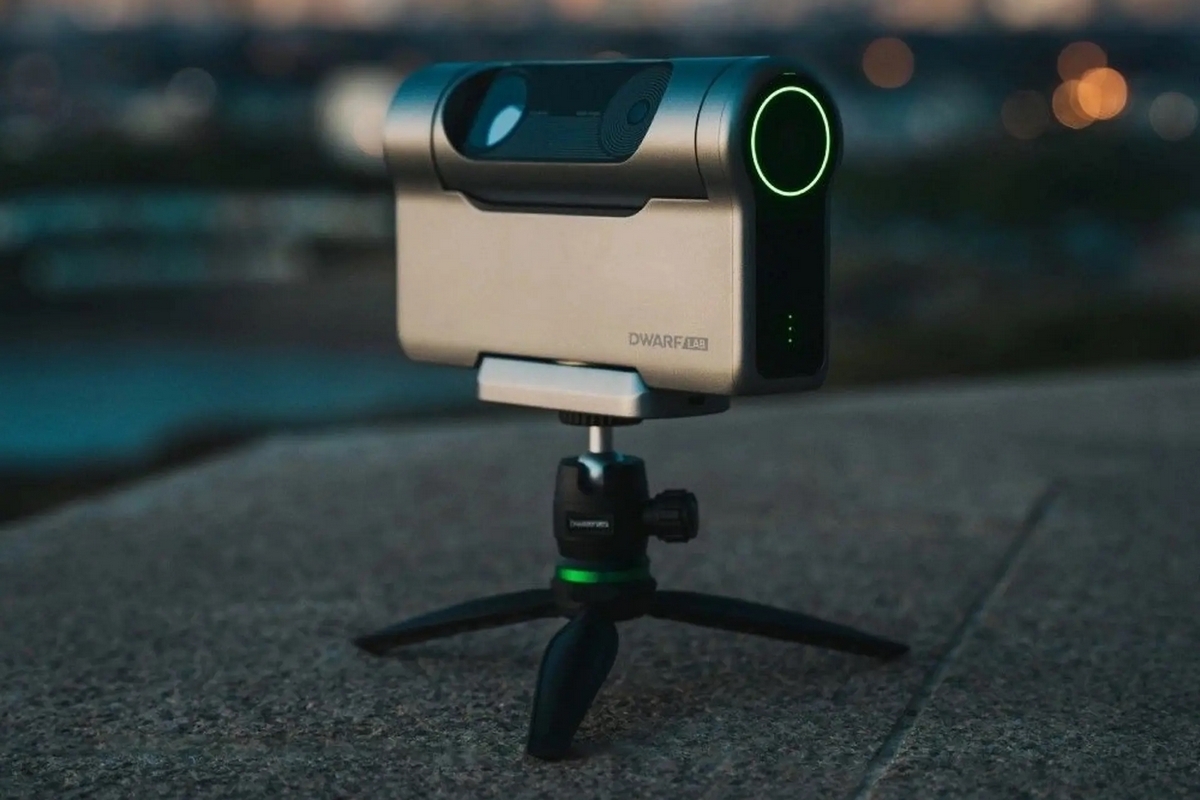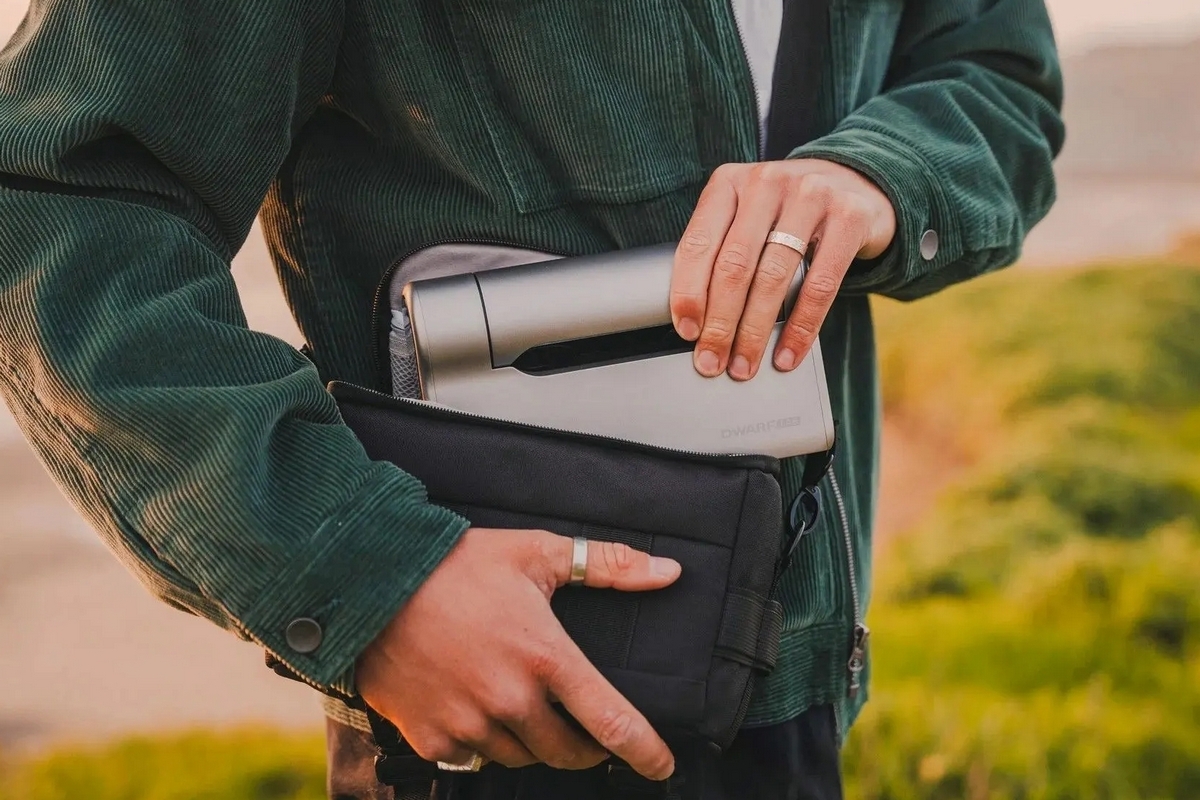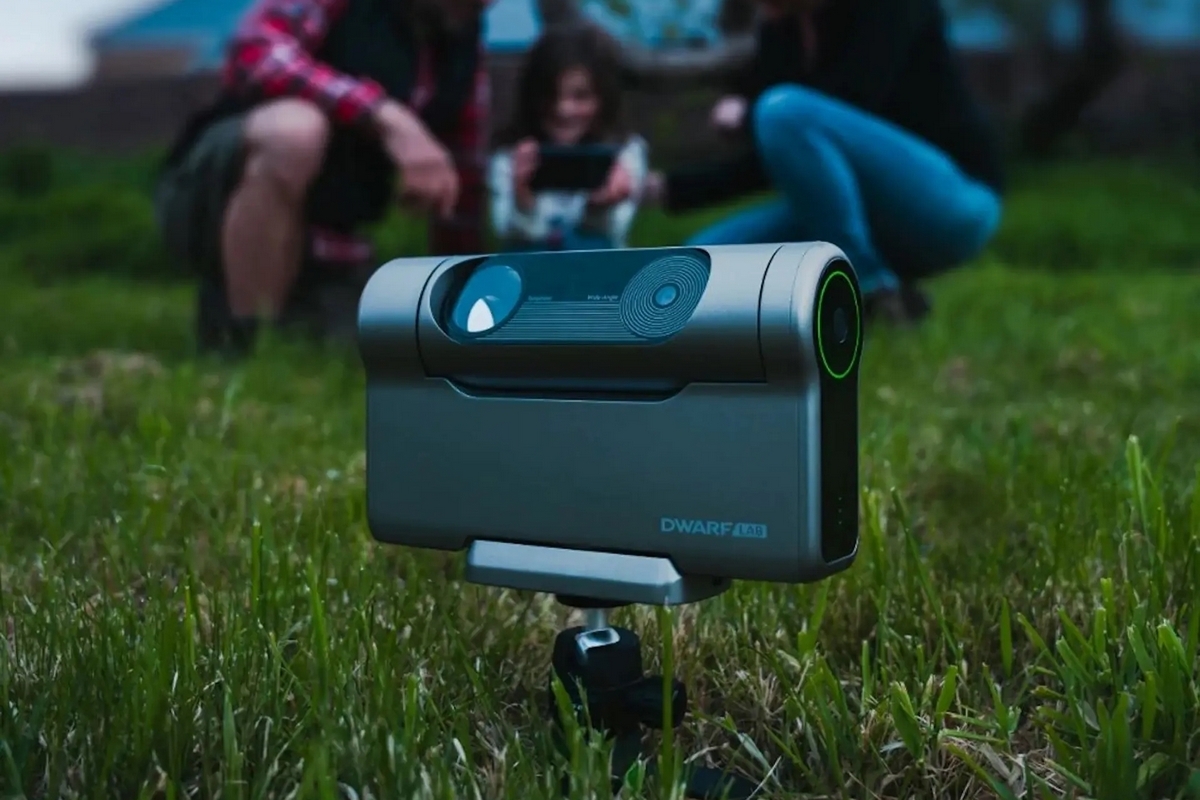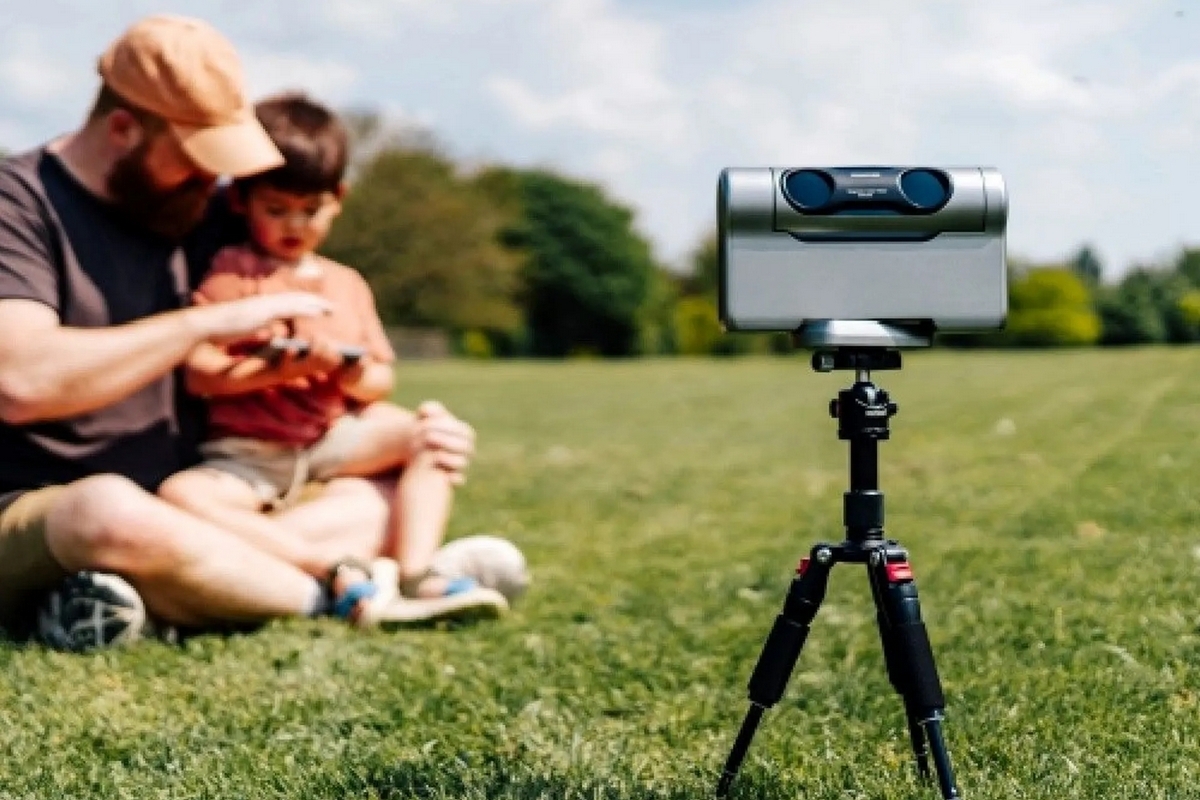
Smart telescopes make stargazing a more convenient affair, but their size makes them quite cumbersome to transport when you want to set up in a park or some other wide open space. That why Dwarf’s original portable smart telescope managed to easily find an audience when they first crowdfunded in 2020. Same happened when they did the follow-up just a year later. The Dwarf 3 is the third iteration of that on-to-go optical device.
Like its predecessors, the third-generation smart telescope comes in a book-sized form factor, allowing it to fit in a small backpack for taking anywhere you want to do your stargazing. Heck, it’s small enough that you can throw it in your luggage during travel, tuck it in the glove compartment when driving to a campsite, or hide it in a drawer in the bedroom, making it an incredibly convenient yet powerful astrophotography tool.

The Dwarf 3 measures just 8.7 x 5.6 x 2.6 inches and weighs 2.97 pounds, making it nearly as portable as your standard pair of binoculars. Despite the small size, it’s quite the powerful device equipped with a Sony IMX 678 (Starvis 2) image sensor, with three different filters that allow it to capture cosmic imagery at different wavelengths. It comes with two sets of optics, a 35mm telephoto lens with a periscope mechanism and a 3.4mm wide-angle lens, giving you the option to choose which one to use depending on current environmental conditions.
Since there’s no eyepiece or onboard controls, you’ll have to interface with the telescope using the companion app. From there, you can access the star map that lets you choose any celestial bodies to target with the camera, with the device automatically adjusting to locate and track to keep it in frame the whole time.

The Dwarf 3 automatically transmits all its images to the companion app, so you can see whatever it’s aimed at in real-time. It boasts one-click shooting that makes it easy to capture the exact images you want, although it still allows for manual adjustments if you prefer a bit more control over every aspect of each shot. Automatic post-processing reduces noise while preserving celestial details, ensuring captured images exhibit clarity and texture, regardless of prevailing atmospheric conditions, while an astro-planning feature lets you schedule your astrophotography shots, so you just put in the presets, leave the camera in position, and let it handle the rest. That’s right, you can leave the camera in the back, go to bed, and wake up with a bunch of features of the gorgeous night sky in your phone.


Aside from astrophotography, it’s also capable of standard photography functions, such as auto-capture and tracking of individual birds for birding enthusiasts, as well as burst shots, AI-powered panorama, and timelapse shots, among a few other shooting options. Other features include max photo resolution of 3840 x 2160 pixels, a 4K 30fps video mode if you want moving footage, 60 seconds max exposure time, 128GB of eMMC storage, 10,000mAh built-in battery, and an IP54 rating for dust- and moisture-resistance.
The Dwarf 3 is slated to come out in September, priced at $479.